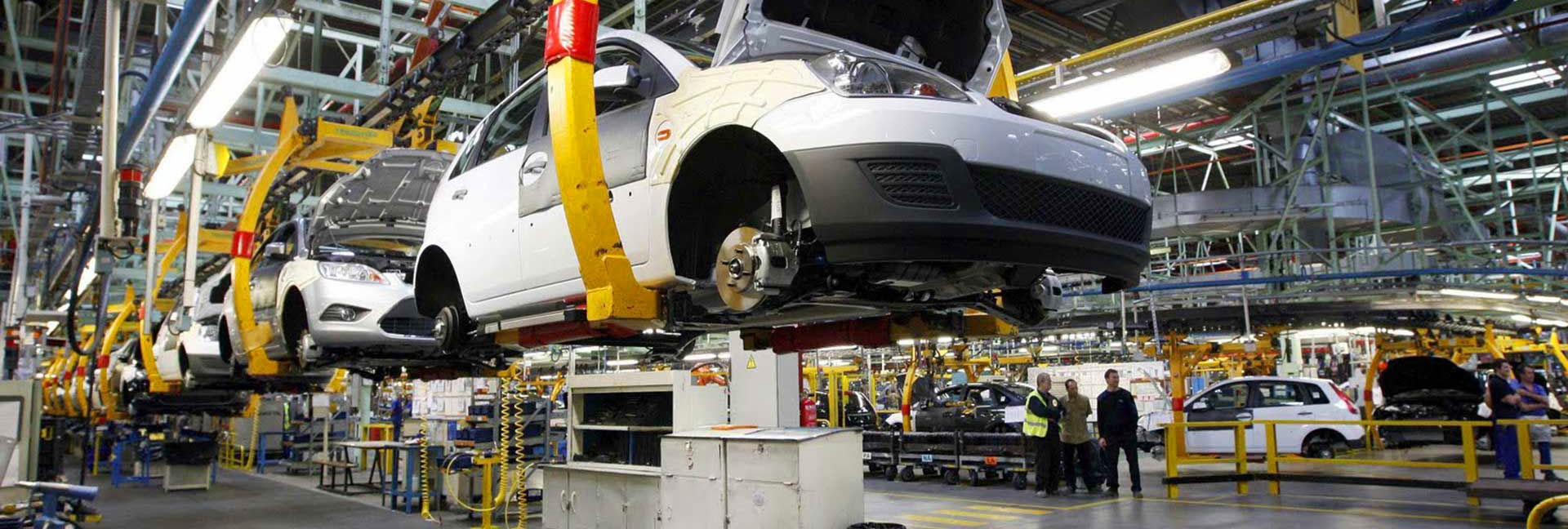

EUROLAB, together with its state-of-the-art accredited laboratories and expert team, provides precise and rapid testing services within the scope of ISO 12219-1 testing. This standard includes the entire vehicle test room, steam sampling device and volatile organic compounds (VOCs) and defines and specifies the operating conditions for the determination of carbonyl compounds.

There are three measurements performed: one (for VOCs and carbonyl compounds) during simulation of ambient conditions (ambient mode) at standard conditions of 23 °C without air exchange; one second for formaldehyde measurement only at high temperatures (parking mode); and a third for VOCs and carbonyl compounds that simulate driving after the vehicle has been parked in the sun at high temperatures (drive mode). A constant irradiation was used in the whole vehicle test room to simulate the average solar irradiance.
The VOC method is applicable to the measurement of non-polar and slightly polar VOCs in a concentration range ranging from six micrograms per cubic meter to several milligrams per cubic meter. Some semi-volatile organic compounds (SVOC) can also be analyzed using the principles described in this method. Compatible compounds are compounds containing VOCs with volatility ranging from n -C 6 to n -C 16, which can be captured and released from Tenax TA ® [ 16000 ] sorbent tubes as described in ISO 6‑1.
The sampling and analysis procedure for formaldehyde and other carbonyl compounds is performed by collecting air on cartridges coated with 2,4-dinitrophenylhydrazine (DNPH) followed by analysis by high performance liquid chromatography (HPLC) detected by ultraviolet absorption. Formaldehyde and other carbonyl compounds can be detected in the concentration range of about 1 ug/m3 to 1 mg/m3.
The method applies to passenger cars as defined in ISO 3833.
ISO 12219-1 describes:
Excludes buses, motorhomes and trucks conforming to the definitions given in ISO 3833.
EUROLAB assists manufacturers with ISO 12219-1 test compliance. Our test experts, with their professional working mission and principles, provide you, our manufacturers and suppliers, the best service and controlled testing process in our laboratories. Thanks to these services, businesses receive more effective, high-performance and quality testing services and provide safe, fast and uninterrupted service to their customers.
To get an appointment, to get more detailed information or to request an evaluation, you can ask us to fill in our form and reach you.